With the Rise of Informal Breastmilk Sharing, Questions of Safety Linger
When Rachel Guberman’s son, Nathan, was around six months old, she was having so much trouble pumping enough breast milk for him that she squeezed in extra pumping sessions, even hooking up in the car during her commute. Guberman had recently started a postdoc in history in Cambridge, Massachusetts and was flying weekly with the baby between her new job and her home in Philadelphia. Between stress, travel, the return to work, and difficulty nursing, it was getting harder and harder for Guberman to pump enough milk to feed her baby.
Guberman’s best friend, whose baby was three months younger, offered some of her own milk. Guberman immediately accepted the offer. “Our kids spend all their time together and are exposed to all the same stuff anyway,” she says, and she felt confident that she knew her friend’s medical history. Around the same time, two mothers who were in a Facebook group with Guberman also offered milk. Although Guberman didn’t know these women personally, they had friends in common. After talking to the women about their medications and alcohol and caffeine consumption, Guberman accepted their milk as well. One of the women lived in Guberman’s neighborhood; the other lived in the Boston area and met Guberman outside the subway to exchange the milk. “It never felt like, oh you’re a random stranger,” Guberman says.
The extra milk helped tide Guberman over until she was able to pump enough for Nathan again, with some help from a new lactation consultant. At the time, Guberman didn’t think there was any major risk to taking breast milk from a friend or online acquaintance. But looking back, she feels differently: “Can I really know what’s in her milk?”
The practice of sharing breast milk appears to be gaining popularity as more women heed messages touting the benefits of breast milk over formula. Many government agencies, including the Food and Drug Administration, the American Academy of Pediatrics, and Health Canada discourage the practice, citing concerns over disease transfer. But some experts say such concerns are overblown and that the benefits of breast milk – even milk from strangers – may be worth the risk.
“I think some of the risks have been overstated,” says Karleen Gribble, an infant feeding specialist at Western Sydney University in Australia who has done extensive research on milk sharing. Gribble suspects that the negative attitude surrounding sharing breast milk is at least partially based on disgust rather than science. “There’s a yuck factor,” she says.
Breastfeeding in the U.S. has been experiencing a resurgence in the past decade thanks to rigorous public health messaging. The AAP says breastfeeding lowers an infant’s risk of infections, SIDS, asthma, celiac disease, diabetes and more; it recommends exclusive breastfeeding for a baby’s first six months and continued breastfeeding for up to a year. The World Health Organization suggests it for up to two years. (As pumping has become more popular, some researchers have expressed concern over the tendency to conflate breastfeeding with feeding a baby pumped, or expressed, milk. Is it, writes Jill Lepore in The New Yorker, the “mother or her milk that matters more to a baby”? The research is unclear.)
The Centers for Disease Control and Prevention found that 55 percent of babies in 2014 were receiving breast milk – whether at the breast or from a bottle – at 6 months of age, compared to 42 percent in 2004. The highest rates were among white, well-off, and college educated women. This is also the demographic most likely to share milk.
Though the number of women supplementing with breast milk from other mothers is hard to gauge, such informal milk sharing also appears to be on the rise. Human Milk 4 Human Babies (HM4HB), the largest hub for informal milk sharing, started in 2010 and says it has over 20,000 community members in 52 countries. People who want to share or receive milk post to regional Facebook pages and look for matches. Researchers have estimated that tens of thousands of milk exchanges per year take place through sites like this. “We can assume it’s not an uncommon practice,” says Maryanne Perrin, a nutrition scientist at the University of North Carolina at Greensboro.
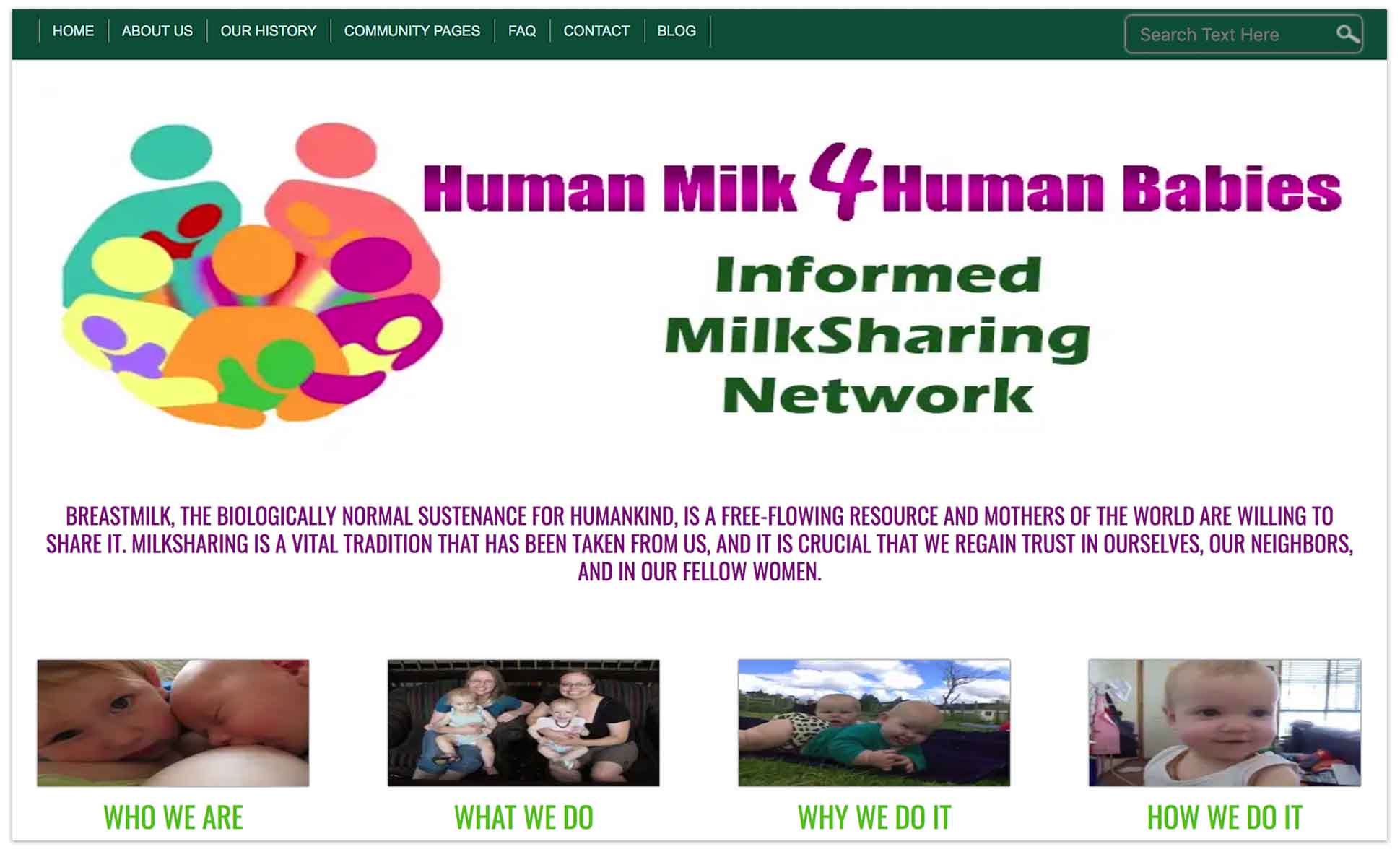
Mothers in search of breast milk do have options aside from Facebook. The safest approach is to go through nonprofit milk banks. Such banks use questionnaires and blood tests to screen potential donors for diseases, then pool and pasteurize their milk. But banked donor milk requires a prescription, and most of it goes to sick or premature hospitalized infants. Even with a prescription, the milk comes with a hefty fee and may not be covered by insurance. Another option is to buy breast milk through online marketplaces with a classified-ad format, such as Only the Breast. But studies have shown milk purchased from these sites can contain cow’s milk or dangerous bacteria.
Increasingly, parents like Guberman are taking a third path: They’re turning to social media to connect with moms offering milk for free. These are usually breastfeeding women who have pumped and frozen more milk than their infants need.
Numerous government agencies advise against this sort of informal milk sharing, noting that pathogens such as HIV and human T-cell leukemia viruses can pass through breast milk. Illegal or prescription drugs a mother is taking may also be in her milk. And even milk that starts out safe could pick up harmful bacteria as it’s handled and stored.
“If your child or you needed a blood transfusion, would you feel comfortable going to Facebook to ask someone?” says Brenda Poindexter, a neonatologist at Cincinnati Children’s Hospital Medical Center and one of the authors of a position statement on donor milk by the AAP. Poindexter treats premature babies in the neonatal ICU, where mothers are cautioned to only bring in milk they’ve pumped themselves. “Even if it’s a family member, you don’t know what other substances they may be taking,” Poindexter says, pointing to the opioid epidemic as an example.
Karleen Gribble, though, says that the actual risks of milk sharing are relatively low.
For instance, research by others has shown that HIV passes much less easily through breast milk than through blood. Moreover, the risks vary with location. In Australia, where HIV is uncommon, Gribble says “you’re more likely to be struck by lightning” than to transmit HIV from a milk donor to an infant. In Norway, where HIV is also rare, most milk banks don’t even pasteurize milk. Another virus that can pass through breast milk, cytomegalovirus or CMV, is widespread but rarely makes full-term infants sick.
Nor is formula always a failsafe alternative to donated breast milk. In a 2012 paper, Gribble argued that infant formula carries similar risks to shared milk, and some additional risks. For example, contaminated formula has caused salmonella outbreaks. No one interviewed for this story knew of a case of disease transmission through informally shared milk, though babies in the NICU have gotten sick from poorly handled donor milk.
Furthermore, not all bacteria in breast milk are bad. Some may be critical for healthy development. Bacteria that naturally occur in a mother’s milk have been shown to help seed the baby’s gut microbiome. (Breast milk also contains immune factors such as antibodies and white cells, though pasteurization can damage these components along with any bacteria.)
Since informal sharing is already happening and the risks are relatively low, says Perrin, “offering education instead of blanket dismissal of the practice probably serves public health better.” Perrin notes that this pragmatic approach exists in other public health realms, such as needle exchange programs for drug users and encouraging safe sex by handing out condoms.
Poindexter, though, thinks giving parents advice about milk sharing would sound too much like condoning it. “I wouldn’t personally feel comfortable making any kind of recommendation,” she says. She adds that women who donate their milk informally would do better by donating to a bank, so that it could go to the neediest babies.
With or without support from their doctors, nearly all parents seeking informal donor milk are already taking some precautions, a 2015 study found. The authors gave an online survey to 867 U.S. milk donors and recipients who they recruited through social media sites that facilitate milk sharing. About 96 percent of respondents had shared milk face-to-face. And about 90 percent of milk recipients had done some form of screening, such as asking donors about their diet and medications. The authors of another 2015 study gave an online survey to 392 people who had engaged in milk sharing, and again found that most exchanges happened in person. (Since participation in the online survey was voluntary and limited to the U.S., though, participants may not reflect milk sharers as a whole.)
In the studies that found donor breast milk contaminated with pathogens or adulterated with cow’s milk, researchers had purchased the milk anonymously through online marketplaces. But there’s no clear incentive for donors giving away milk for free to dilute their milk. In both 2015 surveys, buying or selling milk was rare. HM4HB forbids its users paying for milk.
Parents could make things even safer, Perrin says, by asking their donors to take blood tests, and by following CDC guidelines for safely handling and storing breast milk. Eats on Feets, another hub for milk sharing through Facebook, further recommends pasteurizing donated milk on the stovetop.
With help from her friend and near strangers, Rachel Guberman was eventually able to rebound and even pump and store extra milk of her own. So a few months later, when her best friend needed milk, she was happy to return the favor.
But Guberman’s thoughts around milk sharing have evolved over the two and half years since Nathan was born. When Nathan was little, “I was pretty immersed in a ‘crunchy mom,’ natural-everything world,” she says. Formula didn’t even feel like an option. As her community has shifted and expanded, though, Guberman says that feeding her baby only breast milk no longer seems as imperative, and using another mother’s milk doesn’t seem as risk-free.
Now pregnant with her second child, Guberman says she would still consider accepting breast milk from her best friend, but not from women online. “I’d probably just supplement with formula, if it came down to it again.”
Elizabeth Preston is a freelance writer whose work has can be found in Motherboard, Hakai, Wired, The Atlantic, and STAT News, among other publications. Her blog Inkfish, is published by Discover.


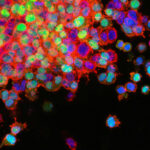


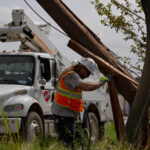
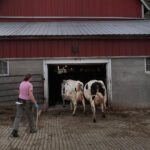



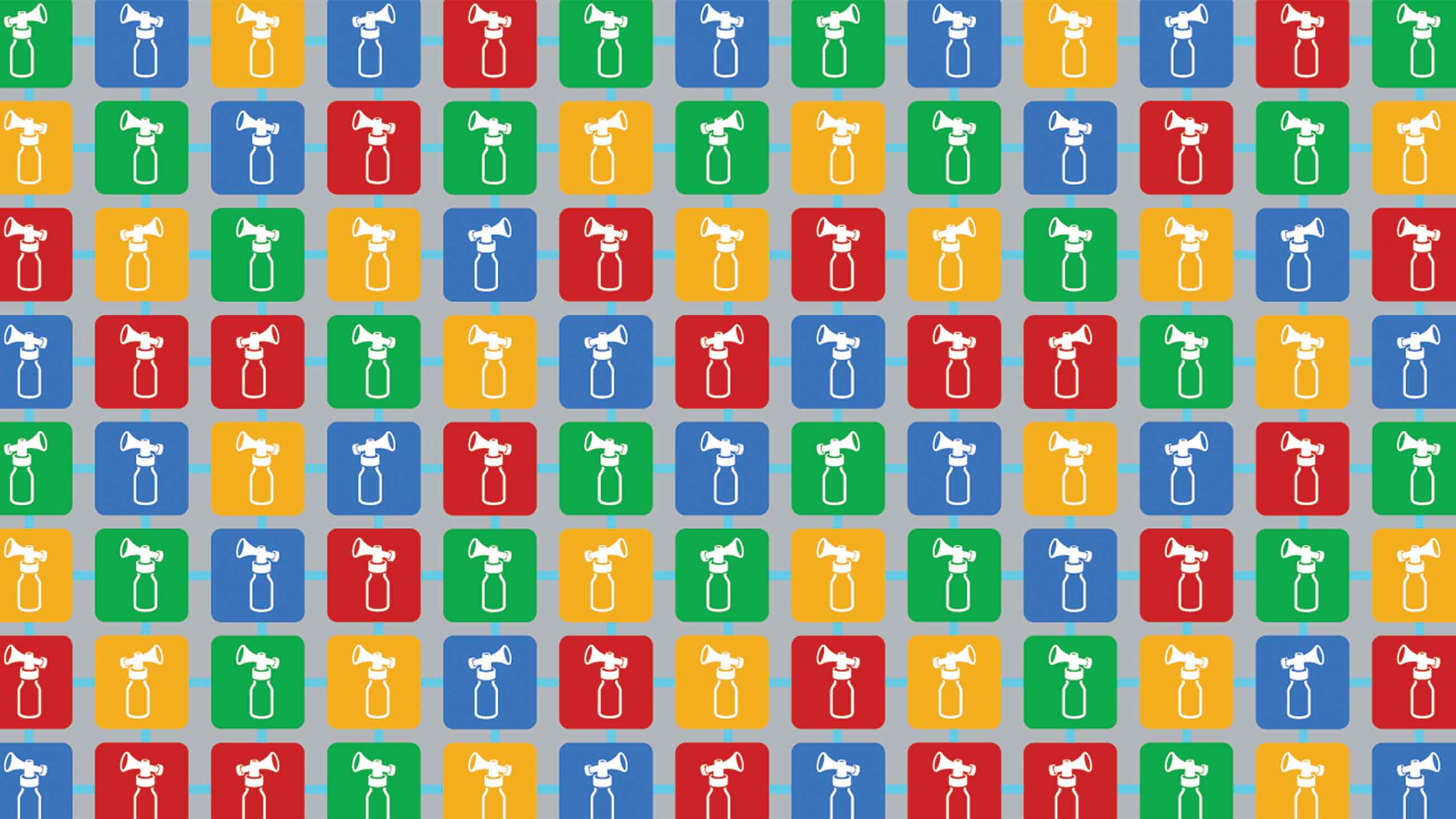
Comments are automatically closed one year after article publication. Archived comments are below.
I have over 2000 ounces of breast milk on my freezer but I don’t know how to go about donating. My baby is 2 months and 3 weeks old…I produce so much that i need to give some to mothers who need it.
I am a pediatrician who has also donated breast milk informally. The neonatologist who suggested donating to a milk bank might not be aware that the milk banks have very strenuous standards; they would not accept my milk because I take fenugreek to increase my milk supply. The friend of a friend to whom I donated the milk instead was very grateful, as she had a baby who refused to drink formula. I am glad that informal milk sharing networks are available and that I was able to help out a baby in need, even though I did not qualify to donate to the milk bank.
My first two were nursed for a year and needed no formula. My third had to be supplemented for reasons I won’t get into on here and I eventually switched to full-time formula at almost 7 months. By the time I got around to my third child and had some experience parenting and being around other parents who formula fed (and their kids), I had a more balanced view of the whole breast milk/formula debate. I was upset that I had to use formula, and I will admit to looking at breast-milk sharing sites initially. However, because of the very concerns outlined in this post, I could never bring myself to use another person’s milk. The bottom line is, the pendulum has shifted so far to the extreme when it comes to how we view a bodily fluid (which is what it is) that many can’t see the forest for the trees. Nursing is rewarding and wonderful and healthy…..IF the mother is herself very healthy and eats well, there is little stress involved, and the baby is getting enough to eat. And even if all those factor in, it’s food, not magic. My oldest still got autism despite never having formula. They all have still gotten sick from time to time. My third who got formula has never had an antibiotic at 2 and a half and is as healthy (if not more so) as the other two. We don’t need the pendulum to swing back in favor of formula as the ideal like used to be assumed, but we do need a better perspective about the whole thing. When will we reach that happy medium? I think we’re slowly getting there, but until moms aren’t afraid to let the world know they are supplementing, until they aren’t going to ridiculous extremes to give their child only breast milk, until I stop seeing women bragging about how long they breastfed, until I stop seeing these kinds of posts all over the internet…..we haven’t gotten where we need to be yet. Just my 2 cents.
Very well said. My husband and I have gone through a very odd situation where my stepsons mom had received breastmilk from random girls off a Facebook group and fed it to him when he was 6 months old.. (my stepsons mother also admitted to smoking marijuana throughout her pregnancy and my stepson tested positive for thc at birth but that’s another issue in itself) and also had donated to the same Facebook group she received the milk from, and I can say for certain, she most definitely left out the huge factor that, she had previously and could have risked her own son’s health and wellbeing during pregnancy while negotiating donations she later herself arranged. I am a registered nurse and know the risks and benefits of not only breastfeeding and breastmilk but also alot about the risks of sharing basically ANY kind of bodily fluid. How is informal breastmilk donating not illegal? As mentioned in the article, how comfortable would you feel if you had to receive a blood transfusion or an organ transplant without having the proper lab workup, examinations and testing beforehand that ultimately prevents you from basically dying? Not to mention how contagious people are that are knowingly sick with the stomach flu or strep throat (bacterial and viral infections etc).. and a lot of those people are sharing a VERY minimal amount of bodily fluid (saliva!- not even blood.. saliva doesn’t even transmit HIV). I feel this is extremely reckless on a mother’s part for not considering the best interests of their child and I apologize for being blunt, but we are talking about babies, and infants as well, both of which have little immune systems and shouldn’t be willfully or willingly subjected to that. Milk banks may be strict, but let’s be realistic here, they really should be. How would ANYONE feel if they received unscreened milk from a bank (free or expensive) and then had their baby become sick or actually contracted HIV or hepatitis c or anything? To me, informal sharing is risky and what you are risking when participating in this is huge and could potentially cost a babies life. Babies and children are already exposed to things that we have no control over, so why purposely expose them to the chance of getting a life threatening illness or disease? This just baffles me.
My son was born 07/01/2014. Thanks to the help of almost 30 women (all but one I met after I had my son) he had 5 oz or more breast milk everyday until 01/01/2018.
From birth to 8 days old I attempted to nurse. From 8 days to about 3 to 4 months I nursed with an sns, pumped and used donor milk and formula. (I have IGT and made 2.5 oz per 24 hours myself)
By the time i returned to work aftwr 12 weeks on I was able to feed him exclusive breast milk due to the help of (former) strangers who are now lifelong friends and have forever imprinted themselves on my life, my son’s life, and the lives of many other moms and families they share with.
I could write an entire article about the past 3.5 YEARS of using donor milk and the AMAZING women I met.